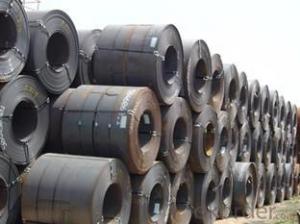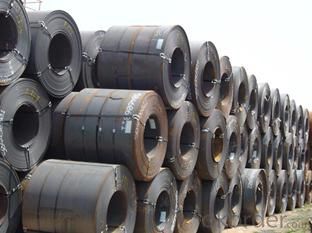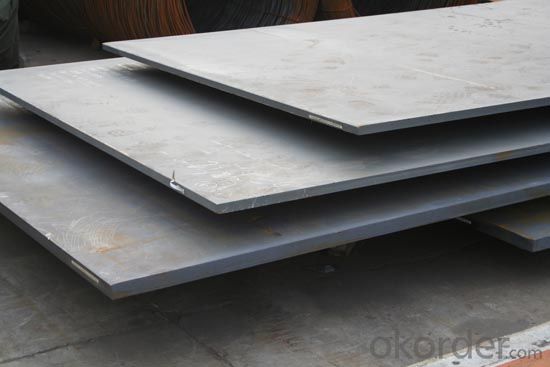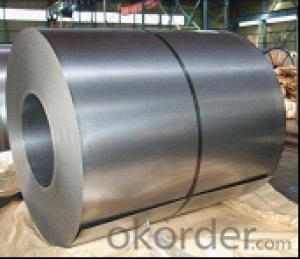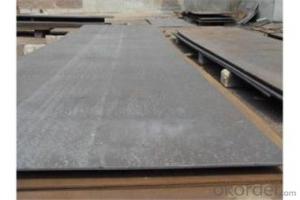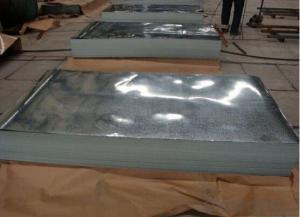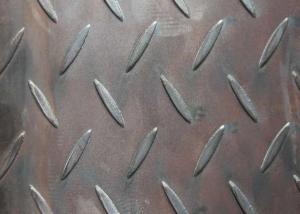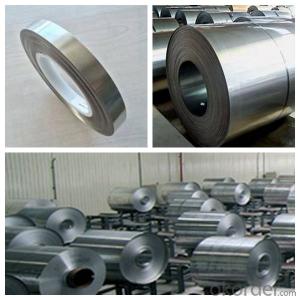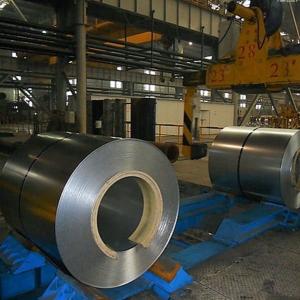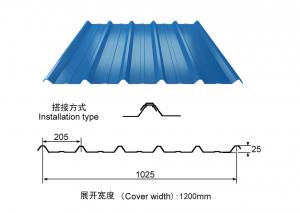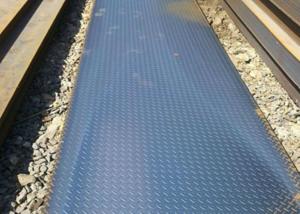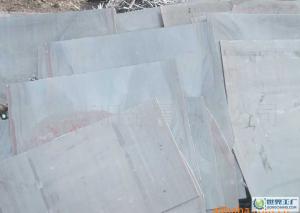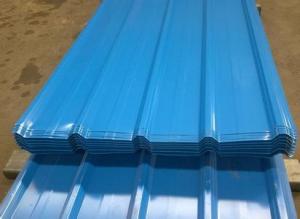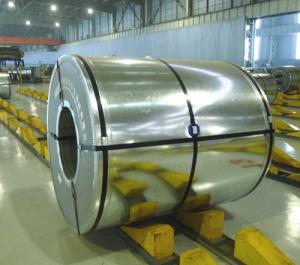Prime quantity Hot Rolled Steel Coils/Sheets from China
- Loading Port:
- China main port
- Payment Terms:
- TT OR LC
- Min Order Qty:
- 1 m.t.
- Supply Capability:
- 100000000 m.t./month
OKorder Service Pledge
OKorder Financial Service
You Might Also Like
Specificationshot rolled steel plate
Grade:S235jr S275jr S355jr SS400 A36
Size:1.8 -100x1000 -3000x2000mm
BV approved
Quality Assuranc
A36 Hot Rolled Steel Plates
Carbon Steel Plate
Grade: S235jr S275jr S355jr SS400 Q235 Q345 ASTM A36
Thickness:1.8-100mm
Width:1000-2500mm
Length: 2000-12000mm as request
Mill: qualified steel mill in China
Bundle weight: max 4mt or as request
Package: seaworthy packing ( bared with steel strips )
Payment: L/C,T/T
Shipment: within two months, immediate shipment for stock
Product: | Hot Rolled Steel Coils/Sheets |
Material: | Q195,Q235,A36,SS400,S235JR,Q345,ST37-2, CCSB etc |
Standard : | JIS G3002 GB/T251B |
Technique: | hot rolled |
Thickness | 1.2mm to 200mm |
Tolerance of thickness: | :+/-0.03mm |
Width: | 750mm-2000mm |
Tolerance of width: | :+/-5.00mm (aiming to +/-2.00mm) |
Normal width: | 914mm, 1000mm, 1200mm, 1219mm, 1250mm,1500mm |
Length: | According to requirement |
Coil ID: | 508mm-610mm |
Coil Weight: | 10-25 Metric Tons |
Surface: | Black, Chromate, fingerprint resistant treatment, slight oiled or non-oiled, dry |
Port of Loading: | Tianjin/Shanghai port |
Packaging Details: | Standard export packing or according to the clients required |
Delivery Time | Within 30 days after received 30% deposit or workable L/C |
Payment Terms: | L/C,T/T |
- Q: Can steel sheets be used for fencing and gates?
- Yes, steel sheets can be used for fencing and gates. Steel sheets are strong, durable, and resistant to weathering, making them suitable for providing security and privacy. They can be easily installed and customized to fit various fencing and gate designs.
- Q: What is the maximum thickness of steel sheets?
- The maximum thickness of steel sheets can vary depending on various factors such as the type of steel, manufacturing process, and application. However, in general, steel sheets can range in thickness from a few millimeters to several centimeters.
- Q: Are steel sheets suitable for industrial machinery components?
- Yes, steel sheets are suitable for industrial machinery components due to their high strength, durability, and ability to withstand heavy loads and extreme conditions commonly found in industrial settings. Steel sheets also offer excellent machinability, allowing for precise shaping and customization of components as per specific requirements. Additionally, steel sheets can be easily welded, offering flexibility in design and assembly processes.
- Q: What is the maximum temperature that steel sheets can withstand?
- The maximum temperature that steel sheets can withstand depends on the grade and type of steel. Generally, most steel alloys can withstand temperatures up to around 1,300 to 1,500 degrees Fahrenheit (700 to 800 degrees Celsius) before the material starts to weaken and lose its structural integrity. However, specialized high-temperature steels can withstand even higher temperatures, reaching up to 2,300 degrees Fahrenheit (1,260 degrees Celsius).
- Q: Can steel sheets be used in the telecommunications industry?
- Yes, steel sheets can be used in the telecommunications industry. Steel sheets are commonly used for various applications in the telecommunications industry due to their strength, durability, and ability to protect sensitive equipment. They are often used to manufacture communication towers, antenna mounts, equipment cabinets, and enclosures. Steel sheets provide structural support and can withstand harsh environmental conditions such as strong winds, extreme temperatures, and heavy loads. Additionally, steel sheets can be easily fabricated and customized to meet specific requirements, making them a popular choice in the telecommunications industry.
- Q: What's the best way to open a 10mm thick steel sheet?
- Plate is one of the four major steel products (plate, tube, mould, silk). In developed countries, steel plate production accounts for more than 50% of the total steel production. With the development of China's national economy, steel plate production has gradually increased.
- Q: Can steel sheets be used for agricultural buildings or barns?
- Yes, steel sheets can be used for agricultural buildings or barns. Steel is a durable and versatile material that offers several advantages for such structures, including strength, resistance to fire, pests, and weather conditions, and ease of installation. Additionally, steel sheets can be customized to fit the specific requirements and dimensions of the agricultural building, making them an ideal choice for construction in the agricultural industry.
- Q: Are steel sheets suitable for food processing facilities?
- Food processing facilities find steel sheets to be an excellent choice due to their many advantageous qualities. Firstly, steel sheets are non-porous, meaning they do not absorb moisture, bacteria, or odors, resulting in a highly hygienic surface. This prevents bacteria growth and reduces the risk of contamination, ensuring the safety and quality of the processed food. Secondly, steel sheets are easy to clean and maintain. They can withstand frequent cleaning and sanitization without corroding or degrading. Stainless steel, in particular, is resistant to corrosion, rust, and staining, making it ideal for maintaining cleanliness in food processing facilities. Moreover, steel sheets exhibit exceptional durability and strength, guaranteeing their longevity and reliability in food processing operations. They can withstand heavy use, high temperatures, and mechanical stresses commonly encountered in these facilities. Additionally, steel sheets have a high melting point, making them fire-resistant and thereby ensuring the facility's safety. Furthermore, steel sheets offer versatility as they can be fabricated into various shapes and sizes to meet the specific requirements of food processing facilities. They can be used for walls, floors, work surfaces, storage units, and equipment, seamlessly integrating into the facility's infrastructure. In conclusion, steel sheets are highly suitable for food processing facilities due to their hygienic properties, ease of cleaning, durability, and versatility. They contribute to maintaining a safe and sanitary environment, which is crucial for producing high-quality and uncontaminated food products.
- Q: How do steel sheets compare to other types of metal sheets?
- Steel sheets are generally considered to be superior to other types of metal sheets due to their strength, durability, and versatility. They have a high tensile strength, making them resistant to bending and breaking. Steel sheets also offer excellent corrosion resistance, making them suitable for various applications, including construction, automotive, and manufacturing industries. Additionally, steel sheets can be easily fabricated and manipulated, allowing for a wide range of shapes and sizes. Overall, steel sheets are highly regarded for their exceptional performance and reliability compared to other metal sheets.
- Q: Are steel sheets suitable for railway track construction?
- Yes, steel sheets are suitable for railway track construction. Steel sheets are commonly used in the construction of railway tracks due to their high strength, durability, and resistance to wear and tear. They provide stability to the tracks, allowing trains to operate smoothly and efficiently. Additionally, steel sheets are capable of withstanding heavy loads and extreme weather conditions, making them an ideal choice for railway track construction.
Send your message to us
Prime quantity Hot Rolled Steel Coils/Sheets from China
- Loading Port:
- China main port
- Payment Terms:
- TT OR LC
- Min Order Qty:
- 1 m.t.
- Supply Capability:
- 100000000 m.t./month
OKorder Service Pledge
OKorder Financial Service
Similar products
Hot products
Hot Searches
Related keywords
